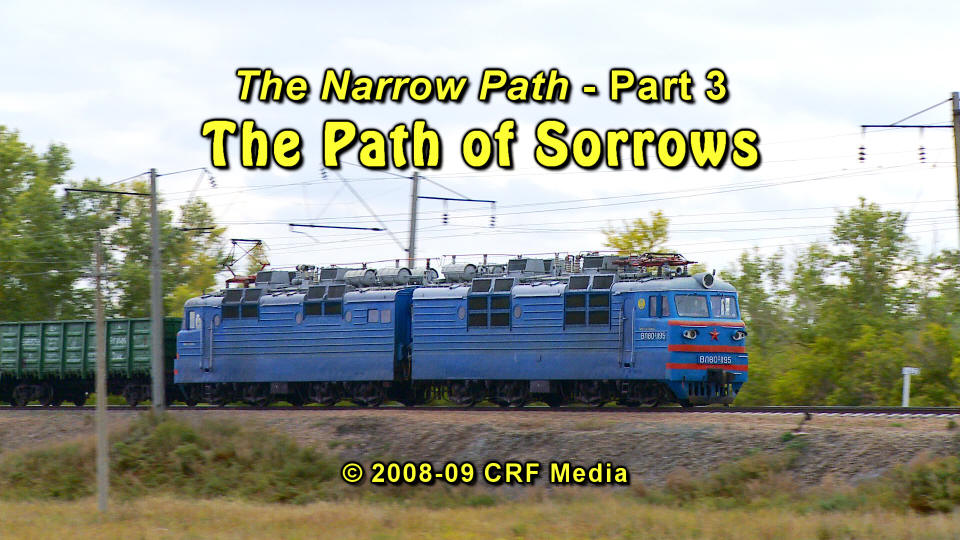|
25 Jan 2009 |
|
For the Lord is the Spirit And wherever the Spirit of the Lord is, There is freedom. 2 Corinthians 3:17 NLT Pronunciation: Almaty all-MAH-tee Archipelago ark-eh-PEL-ah-go Astana ahs-tan-AHDolinka DOUGH-lean-ka Gulags GOO-logsIvan Denisovich ee-VAHNKaraganda kar-a-GAHN-daKarLAG CAR-logKooat KOO-aht Kulaks KOO-locks Saran sa-RAHNSolzhenitsyn soul-zhe-NEET-sinTartar TAR-tar Tamer tah-MEER
|
|
Statement About Video Use The videos and other media material produced by CRF Media are to be used as a resource material for increasing the awareness of and involvement with the specific people groups featured in the material. The information is made available to evangelical Christian organizations and individuals who commit to sharing the information with others. The videos produced by CRF Media are not for sale. They are free to qualified organizations and individuals with no postage or handling charges. We mail the material only to churches or other qualified organizations. We do not mail to individuals without independent qualifying verification. U.S. copyright laws protect all media material produced by CRF Media. The material is not to be copied for distribution without the written consent of CRF Media. Contact us for more information.
|

